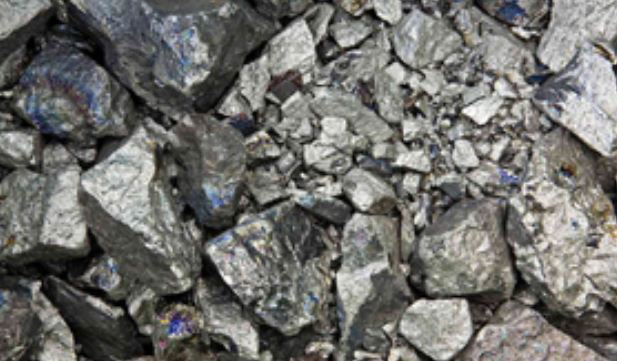Technology
Govt steps up exploration drive for critical metals

New Delhi, Aug 6
The Geological Survey of India (GSI) has increased the number of its exploration projects for critical and strategic minerals from 118 in 2021-22 to 196 in 2024-25 given their importance for crucial industries such as Lithium-Ion batteries, semiconductor technology, and computing, the Parliament was informed on Monday.
India has mining and production of some critical metals, although it still largely depends on imports to meet its demand, Coal and Mines Minister G. Kishan Reddy told the Rajya Sabha.
There are 54 mining leases of critical minerals, viz. graphite, rock phosphate and tin ore, in the country, he added.
The extent to which these deposits are significant and financially viable varies, the minister said, noting that the deposits are scattered across different regions of the country, with varying levels of accessibility and extraction feasibility.
India has discovered lithium reserves in Karnataka and Jammu & Kashmir. Cobalt and nickel is generally found in association with copper ores, and small deposits are known to exist in Odisha and Jharkhand. India's reserves are relatively modest, he said.
The country also has significant reserves of rare earth elements in Andhra Pradesh, Karnataka, Odisha, and Kerala. The monazite sands in Kerala are particularly rich in rare earth elements. Besides, the country has substantial reserves of high-quality graphite found in Arunachal Pradesh, Jharkhand, and Tamil Nadu, the minister added.
He also said that the country’s projected annual requirement of critical minerals by 2030 includes 3,878 tonnes of cobalt, 13, 671 tonnes of lithium, 17,492 tonnes of nickel, and 766 tonnes of neodymium, he said.
The minister pointed out that the GSI is involved in the exploration of critical minerals/metals with special emphasis on the exploration of areas, which are potential for critical and strategic minerals, and has given thrust to increase the number of exploration projects across the country.



































